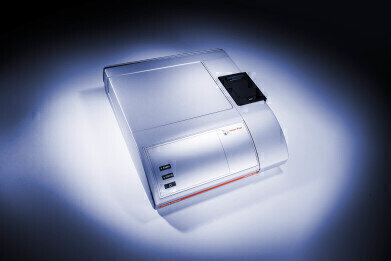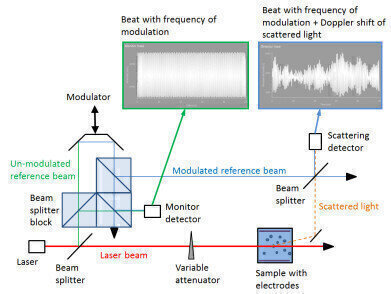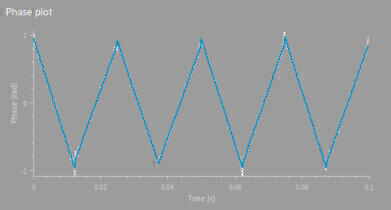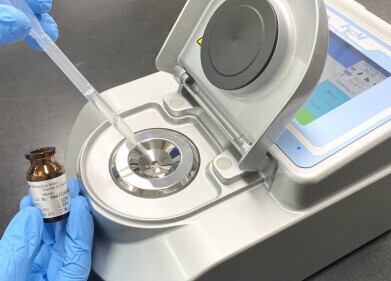-

-
 Figure 1
Figure 1 -
 Figure 2
Figure 2
Laboratory Products
Measure zeta potential faster and better than ever before with the Litesizer™ 500
Mar 01 2017
The Litesizer™ 500 determines the size and stability of nanoparticles and submicroparticles in liquids by using light-scattering (ELS, DLS and SLS). In the ELS mode, the Litesizer™ 500 works woth the patented cmPALS technology which ensures more stable and reproducible results than ever before.
The patented cmPALS (European Patent 2 735 870) technology from Anton Paar overcomes the limitation of existing PALS technology (short measuring intervals). cmPALS provides greater sensitivity and stability of the laser-Doppler electrophoresis measurements. In this way, accurate results can be obtained in shorter times and with lower applied electric fields. In this way reliable measurements can be performed of even highly sensitive samples.
cmPALS – Continuously Monitored Phase-Analysis Light Scattering
Until now, the state of the art in zeta-potential measurements was phase-analysis light scattering (PALS), which is based on electrophoretic light scattering (ELS) measurements. PALS was an improvement over previous ELS measurements, because it no longer required the application of such large fields, so sample heating and decomposition was reduced. PALS measurements can be unreliable, however, especially with sensitive samples, where very short measuring times and low electric fields are required.
Our research team at Anton Paar have developed a modification of PALS for the Litesizer™ 500 in which an additional modulator monitor is implemented (see Fig. 1). In the newly patented method, "continuously monitored PALS" (cmPALS), this extra modulator monitor detects the interference between the modulated and un-modulated (reference beam) laser light (Fig. 1, Fig. 2). Thus, its beat frequency is solely the modulation frequency and is therefore independent of the electrophoretic motion of the particles. In other words, the frequency difference between sample interference and modulator monitor is exactly the Doppler shift caused by the electrophoretic motion of the particles. Any non-linearity of the modulator is automatically compensated, and does not influence the results. The quality of the results is also not affected by any longer-term deterioration in the modulator performance. Thus, the advent of cmPALS means that modulators with large movements can be used, despite their non-linearities. As a consequence the sensitivity and stability of laser Doppler electrophoresis measurements can be significantly enhanced because measurements of substantially shorter duration and lower electric field applied become feasible.
With cmPALS the sensitivity and stability of laser Doppler electrophoresis measurements is dramatically enhanced. This means significantly shorter measurement times and lower electric fields, and therefore more sensitive samples can be analyzed with confidence with the Litesizer™ 500.
Digital Edition
Lab Asia 31.2 April 2024
April 2024
In This Edition Chromatography Articles - Approaches to troubleshooting an SPE method for the analysis of oligonucleotides (pt i) - High-precision liquid flow processes demand full fluidic c...
View all digital editions
Events
May 05 2024 Seville, Spain
InformEx Zone at CPhl North America
May 07 2024 Pennsylvania, PA, USA
May 14 2024 Oklahoma City, OK, USA
May 15 2024 Birmingham, UK
May 21 2024 Lagos, Nigeria










.jpg)






